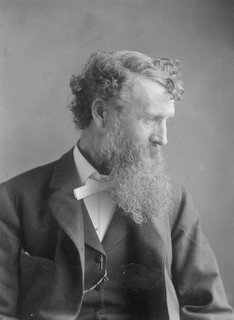
[
from an article today at Salon.com]
By WALTER PUTNAM Associated Press Writer
Apr 10th, 2009 "Vicksburg 1863" (Alfred A. Knopf, 496 pages, $30), by Winston Groom: Many books have examined the Union siege of Vicksburg, Miss., over the years, but that's no reason Winston Groom should not lend his unique voice to the subject -- one of the most critical campaigns of the Civil War.
The Alabama author best known for his novel "Forrest Gump," brought to life by Tom Hanks in the 1994 movie, has considerable experience and expertise in both fiction and nonfiction.
With "Vicksburg 1863," Groom brings the novelist's touch to history, personalizing characters such as Union Gens. Ulysses S. Grant and William T. Sherman, as well as Jefferson Davis and Gen. Joseph E. Johnston of the Confederacy, in an easily relatable way for the average reader.
=======================
You can read the full article
here. Historical fiction set in the American Civil War has long been an interest of mine -- if only more of it were readable or interesting. For every
Cold Mountain or
Killer Angels, there are twenty
Gods and Generals'.
I was struck by Mr. Bloom's McMurry-esque comments on the relative importance of Gettysburg versus Vicksburg in the fortunes of the war. He goes so far as to say the war was over when Vicksburg fell.
The author noted that Vicksburg fell into Grant's hands the same day that the North prevailed in the battle of Gettysburg, ending Confederate Gen. Robert E. Lee's lone invasion of Union territory. He said Gettysburg, though, pales in comparison to Vicksburg.
"In Vicksburg, not only did you lose your whole Army, you also lost the entire Mississippi River valley and half of your territory," Groom said.
"The South was almost mad to continue the war after that," he said, adding that President Abraham Lincoln would have provided much more favorable terms had the Confederates ended it then rather then almost two years later.









